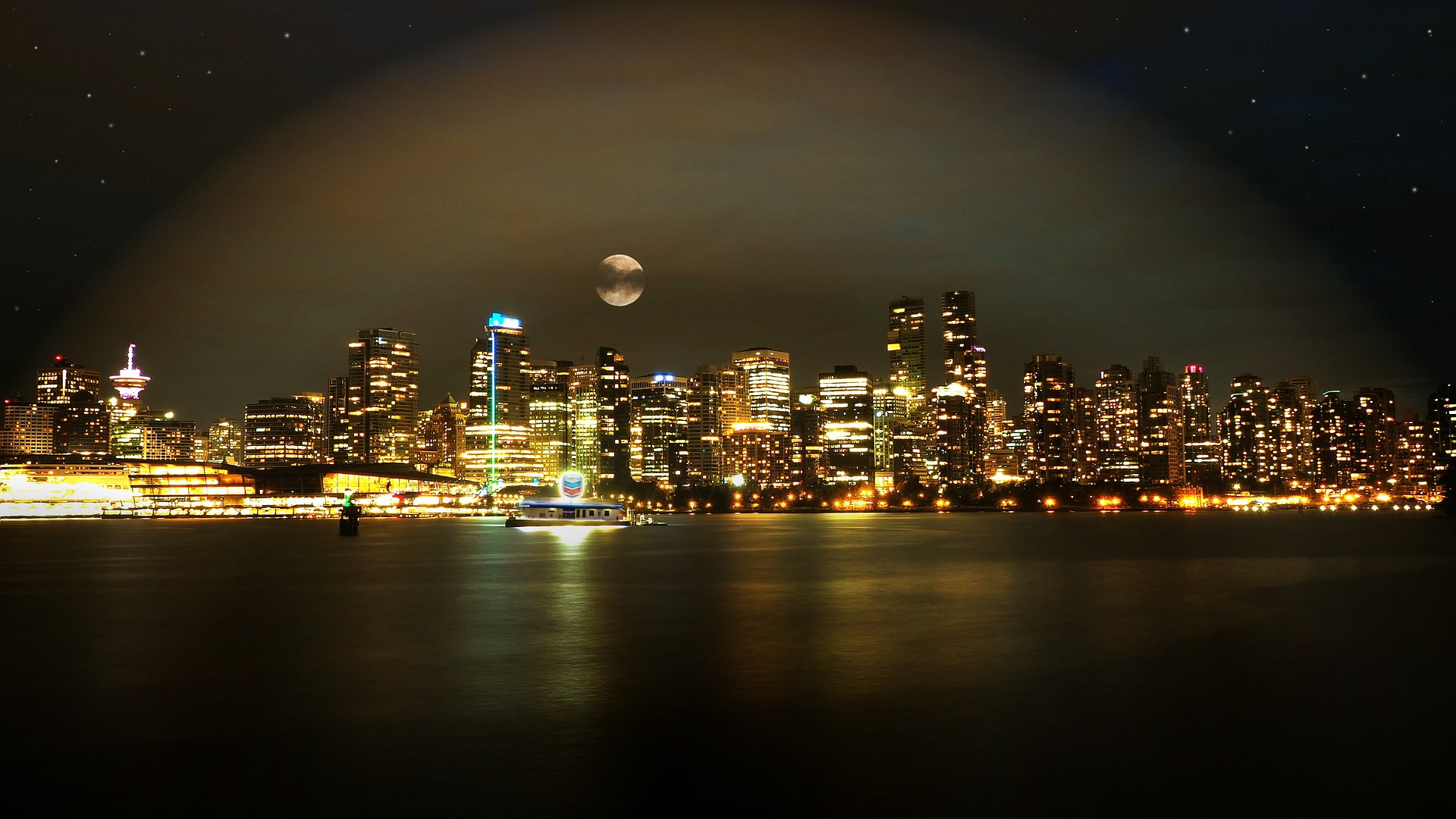Table of Contents
ToggleIntroduction:
Gazing up at the night sky is a timeless pastime that has inspired awe and wonder for generations. However, as cities continue to grow and expand, light pollution has become a serious problem, blocking out the stars and constellations that once shone so brightly. But there are still places where you can experience the beauty of the night sky without the interference of artificial light. In this article, we’ll explore the magic of the night sky in its purest form, free from the glow of streetlights and skyscrapers.
What is Light Pollution and Why is it a Problem?
Before we dive into the benefits of stargazing without light pollution, it’s essential to understand what light pollution is and why it’s a problem. Light pollution refers to the excess or misdirected light that creates a glow in the night sky, blocking out the stars and other celestial objects. This phenomenon is caused by streetlights, building lights, advertising, and other forms of artificial lighting, which can impact not only our view of the night sky but also the environment, wildlife, and human health.
The Benefits of Stargazing Without Light Pollution
Connecting with Nature: When you look up at the night sky without light pollution, you’ll see an infinite expanse of stars, planets, and galaxies. This can be a deeply spiritual experience that connects you with the natural world and the cosmos.
Educational Opportunities: Observing the night sky without light pollution can be an incredible learning experience. You can learn about the constellations, planets, and stars, and even study the patterns and movements of the celestial bodies.
Reduced Environmental Impact: By reducing light pollution, we can help protect the environment and reduce our carbon footprint. Light pollution can disrupt ecosystems and affect the behavior of nocturnal animals, which can have a ripple effect on the entire ecosystem.
Improved Health: Artificial light at night has been linked to a range of health problems, including disrupted sleep patterns, obesity, depression, and even cancer. Stargazing without light pollution can help promote better sleep and overall health.
Where to Experience the Night Sky Without Light Pollution
National Parks: Many national parks have designated dark sky areas where you can enjoy the night sky without the interference of artificial light. Some examples include Joshua Tree National Park, Death Valley National Park, and Grand Canyon National Park.
Remote Areas: If you’re looking for a more adventurous stargazing experience, consider heading to a remote area with minimal light pollution. This could be a wilderness area, a desert, or a mountaintop.
Astronomical Observatories: Many astronomical observatories offer stargazing events and tours, allowing visitors to observe the night sky through high-powered telescopes. These can be a great way to learn more about astronomy and experience the night sky in all its glory.
Conclusion:
Stargazing without light pollution is a magical experience that offers countless benefits. From connecting with nature to improving your health and reducing your environmental impact, observing the night sky in its purest form is an experience you won’t soon forget. Whether you visit a national park, a remote area, or an astronomical observatory, take the time to appreciate the beauty of the night sky without artificial light.








2 thoughts on “Discovering the Beauty of the Night Sky Without Light Pollution”
Pingback: Planetary Parade 2023: Observe the Alignment of Planets
Pingback: National Parks Host Festivals to Celebrate Cosmic Views